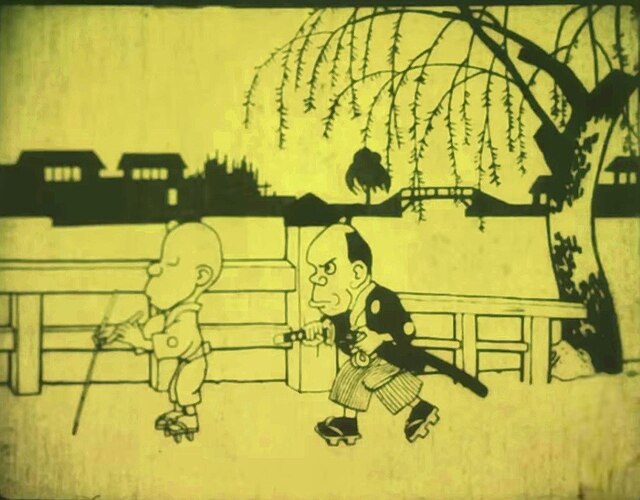The history of anime can be traced back to the start of the 20th century, with the earliest verifiable films dating from 1917. Before the advent of film, Japan already had a rich tradition of entertainment with colourful painted figures moving across the projection screen in utsushi-e (写し絵), a particular Japanese type of magic lantern show popular in the 19th century. Possibly inspired by European phantasmagoria shows, utsushi-e showmen used mechanical slides and developed lightweight wooden projectors (furo) that were handheld so that several performers could each control the motions of different projected figures.
The release of Space Battleship Yamato is often cited as the beginning of anime space operas.
The film Nausicaä of the Valley of the Wind helped jumpstart Studio Ghibli.
Katsudō Shashin , sometimes called the Matsumoto fragment, is a Japanese animated filmstrip from the Meiji era that is the oldest known work of animation from Japan. Its creator is unknown. Evidence suggests it was made somewhere between 1907 and 1912, so it may predate the earliest displays of Western animated films in Japan. It was discovered in a collection of films and projectors in Kyoto in 2005.
A frame of the three-second Katsudō Shashin, date and creator unknown
Japanese animated films such as Jun'ichi Kōuchi's Hanawa Hekonai meitō no maki began appearing in theatres in 1917.




